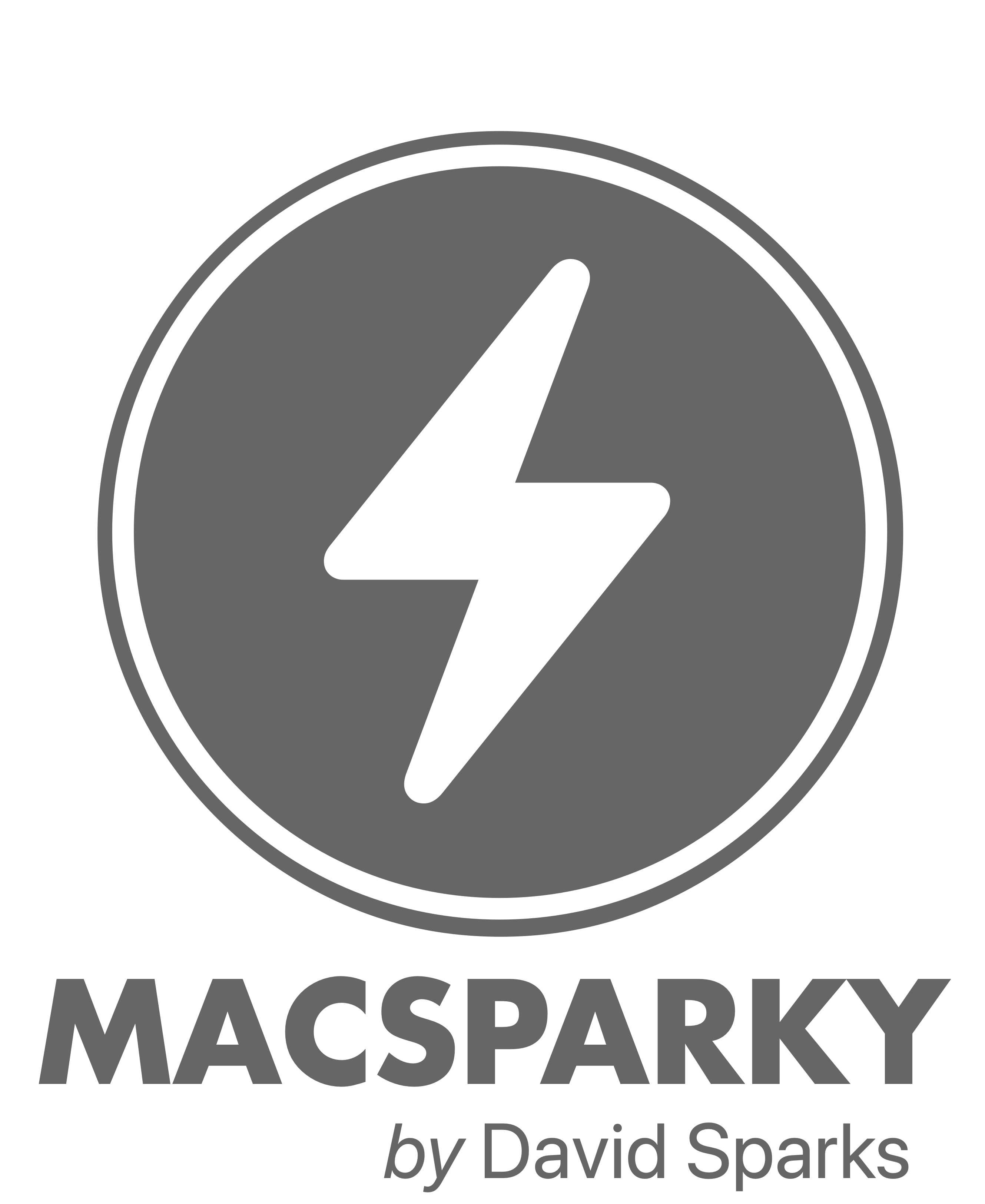This week MacSparky is sponsored by DEVONthink. DEVONthink has been offering AI-based research tools for years on the Mac, but it has hardly stood still. DEVONthink most recently released version 3 for the Mac and, just last week, version 3 of DEVONthink to Go for iPad and iPhone. The apps are modern and take full advantage of the most recent and powerful tools available in the Apple Ecosystem.
One of the things I like best about DEVONthink is the way it handles metadata. DEVONthink has its own systems for organizing, tagging, sorting, automating, and updating all sorts of metadata for your files. One example is that I store contracts I’m writing for clients in DEVONthink. I use the app’s Annotations metadata to store notes on drafts of contracts. These are notes that only I see but prove invaluable when I come back a month later and ask, “why does this exist?” DEVONthink runs circles around the metadata tools available to you with the native Finder. Using the full array of DEVONthink metadata tools I’m able to cut through my files and get to what matters most fast.
And better metadata is just one of many features you’ll get with DEVONthink. To learn more head over to DEVONthink and download the trial and check it out for yourself.







